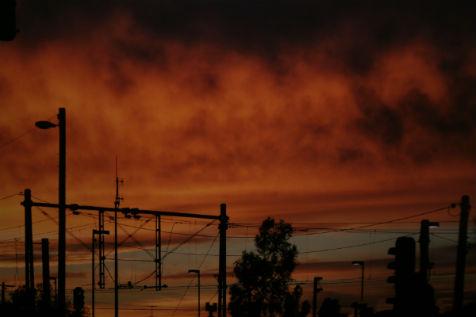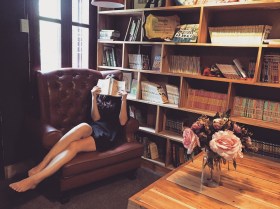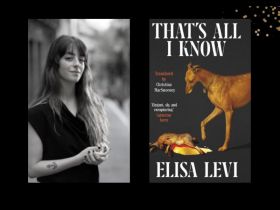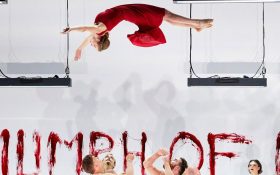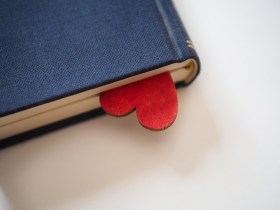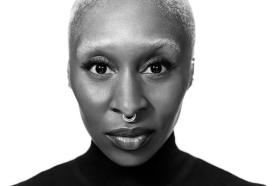Engagement with the arts has proven social and cognitive value: it improves our mental health, fights depression, connects individuals to community and gives a sense of purpose.
The arts are also fun so they offer a powerful bridge to reach the disengaged. Disadvantaged young people who may have little experience of success or nurturing can find a way forward through visual arts, music, dance or media.
But how do we best utilise the capacity of the arts to ensure young people become decent and productive citizens: able to hold down a job, maintain a relationship or manage money? A graffiti wall or a weekend music festival won’t change a life.
A fine example of a creative program that integrates arts opportunities with life skills is the Rotary Youth Arts Program in inner Melbourne. This year the program, entitled Mobile Minds, offered 19 youngsters, aged 12 to 17, the opportunity to participate in a 14-week course in photography, dance or filmmaking. The courses gave the students a chance to learn skills, connect with mentors and produce work that was celebrated at a graduation ceremony at the Centre for Contemporary Photography (CCP) this week.
But the real clincher is what happens after that. The Next Step program which follows offers the students an on-going five year program year attachment to help them transition from school to work. The program includes an offer of a mentor, career guidance, training in how to get a job, money-management, public speaking, driving lessons and first aid. In addition participants can earn up to $500 education credits to help pay for tertiary education and all receive help in gaining their first career job.
Program co-ordinator Tim Baker said of the original 20 students who participated in the Rotary Youth Arts Project 11 years ago, four chose not to participate in Next Step and four dropped out. But, with one exception due to illness, all the others are currently studying or working, a remarkable success rate when working with a group so at risk for unemployment and poor life outcomes. The program now has 55 participants receiving intensive guidance from a dedicated youth worker and training, leveraging from their initial interest in an art course.
Maybe one or two of these young people will become artists but most won’t and that’s fine. What this program offers is much bigger than a particular skill or passion: it is the capacity to be effective and successful at life.
‘Underpinning this project and underpinning all arts projects is the belief that arts actually makes a difference to young people, that it can change their lives,’ said Baker.
This belief is echoed by the artists, teachers and youth workers who are involved in the program. The program involves a huge co-ordination effort with CCP, Dancehouse, the Artful Dodger studio and the City of Yarra all providing resources.
Teaching artist Hannah Tai, who taught the photography students, said they had found a new way of seeing the world which was something that would stay with them whether or not they pursued photography.
Deb McRae teaches art at Sydney Road Community School, a school that accepts students with a range of emotional and behavioural problems. ‘Art is very important for these children because in a lot of other areas they don’t experience success. For a child to start a project, see it through to the end and feel successful is such a big deal,’ she said.
Andy Miller, now a senior program manager with Arts Victoria, was involved in founding the program. A visual artist as well as an arts manager, he was aware of the way in which being engaged with the arts had given him opportunities as a young person.
He said as a child drawing had taught him focus and as student and an adult he had never known a better community than the arts community. ‘My experience is an internal world and an external world of focus and community that’s been really wonderful.’
Maria Filippow is Creative Director of Visionary Images, a remarkable not-for-profit youth arts organisation dedicated to the engagement and development, through creativity, of young people with experience of hardship.
Her first experience of using the arts with disadvantaged young people came when she was working in refuges with young people who had experienced violence at home. ‘These were kids who were not attending school. They couldn’t focus on anything but they could focus on a three hour arts workshop.’
Filippow’s experience is full of evidence that the art provided disadvantaged youngsters with a huge range of skills: social, emotional and cognitive. Students develop confidence and willingness to engage with others, often for the first time. They experiment with language and self-expression. They learn to concentrate, stick at a task and feel good about the results.
These are not children who had the commonplace nurturing of a kindergarten child bringing home a painting to parental approval. They feel voiceless, drift rather than plan and rarely receive positive reinforcement. Creating something may be the first time they have a sense of self-worth.
Arts are an opportunity to access the most difficult-to-reach young people and begin a process of helping them make positive lives. We need more extensive, well-thought out programs like the Rotary Youth Arts Program to ensure others have this opportunity.
